17 Types of Quilts You Just Have To Sew
Jump To:
Quilts are multi-layered textiles made up of two or more layers of cloth or fiber. A woven fabric top, a layer of batting or wadding, and a woven back are all traditionally combined using quilting techniques. To strengthen the material, this is the act of stitching or joining the three layers together. Stitching patterns can add interest to a piece of clothing. The pattern and color of these parts create the design. Quilting is always in fashion and there are many types of quilts for you to huddle together with your loved ones.
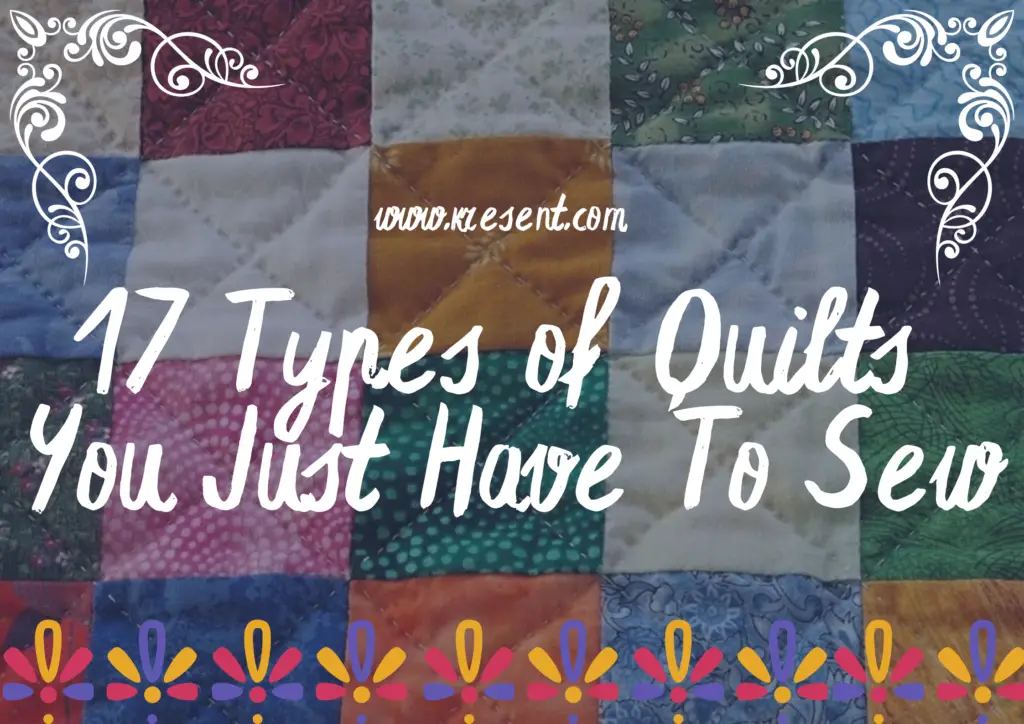
Quilting isn’t limited to a single region of the globe. Quilting culture has influenced people from all around the world. The tradition dates back to the dawn of time. Even though it’s an ancient art, it’s never gone out of style. This pleasant and useful activity appeals to people of all ages.
Album quilts
We craft an album quilt for special days and features unique motifs on each block that are meaningful to the quilt maker or the person for whom the quilt is being made. The exquisite motifs on each block are usually appliqued or elegantly stitched. We construct these quilts for special occasions such as weddings, anniversaries, or birthdays, or to honor the memory of a loved one.
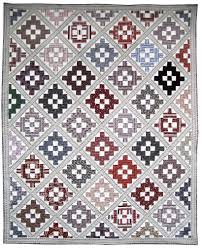
Amish quilts
An Amish quilt is a utilitarian quilt fashioned from repurposed clothing such as shirts and dresses. We derived the name from the Amish of Pennsylvania’s eastern region. These quilts typically include a large plain border, dark, even black colors, and geometric motifs.
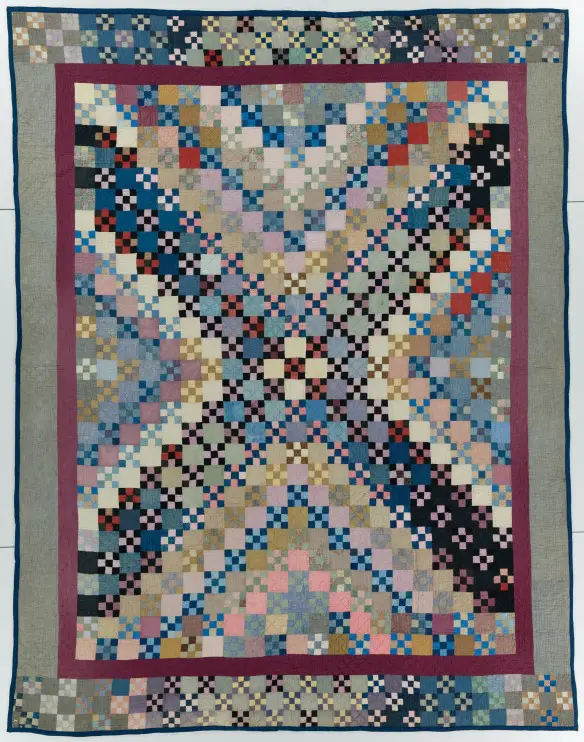
Crazy patch quilts
We can make crazy patch quilts by piecing together various irregular scrap fabric pieces — we do not lay the fabric pieces out in any specific pattern. You can join your spare pieces as you wish to form the quilt top in this style of quilt. We traditionally sew scrap fabric pieces to a foundation fabric. Embroidery stitches, beadwork, trimmings, and other embellishments adorn the seam lines and the entire quilt.
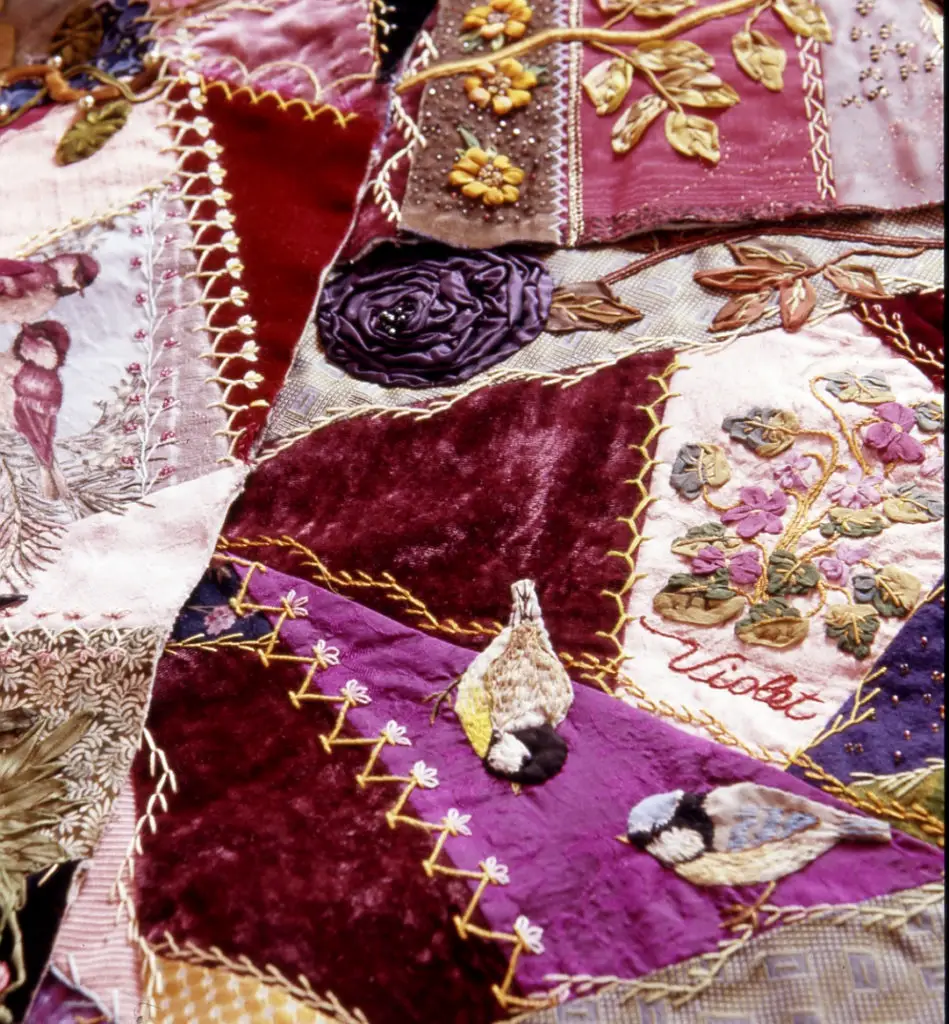
Denim quilts
We fashion a denim quilt, also known as a denim scrap quilt or a jeans quilt from used jeans and other denim clothing. There are more color variations than you might expect when considering all the numerous “washes” of jeans and other denim goods. This promises to be an excellent project for anyone looking to recycle their old jeans.
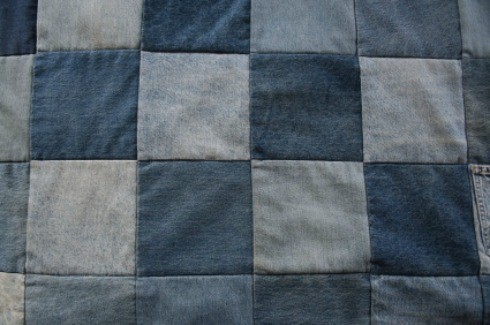
Friendship Quilt
This is the name given to a quilt that is presented as a gift to relatives or friends to remember important occasions or a move to a new location. It’s normally done as a gift for someone special, and it comprises blocks meticulously made by many different people and then connected together as a homage to their love for someone unique. It’s possible that the quilt might be signed, dated, or include lyrics and notes.
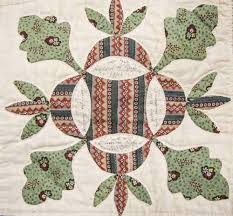
Lap quilt
This is the name of a little quilt (typically much smaller than ordinary bed quilts) that is supposed to be placed across your lap or over your leg while you are sitting for extra warmth. It’s usually a 36-by-48-inch rectangle or a 36-by-36-inch square.
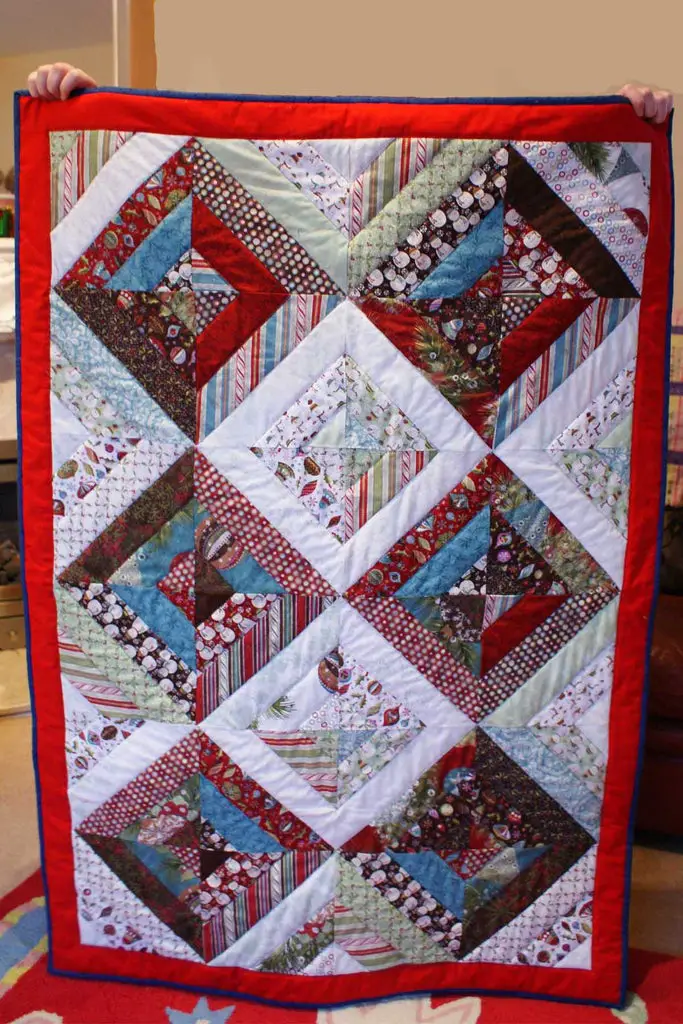
Lattice Quilt
These quilts will have short strips of fabric between the blocks to make a border for each block – when we sew the blocks together, the quilt top will have vertical, horizontal, or diagonal lines running through it, creating a lovely lattice design.
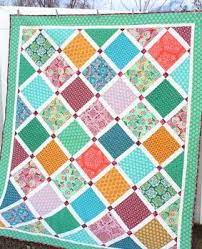
Medallion quilt
This quilt has a large central component that is defined/framed by smart border stitching or another method. Typically, the central motif is an applique, although it could also be a prominent textile design or piece. The rest of the quilt top complements the central motif.
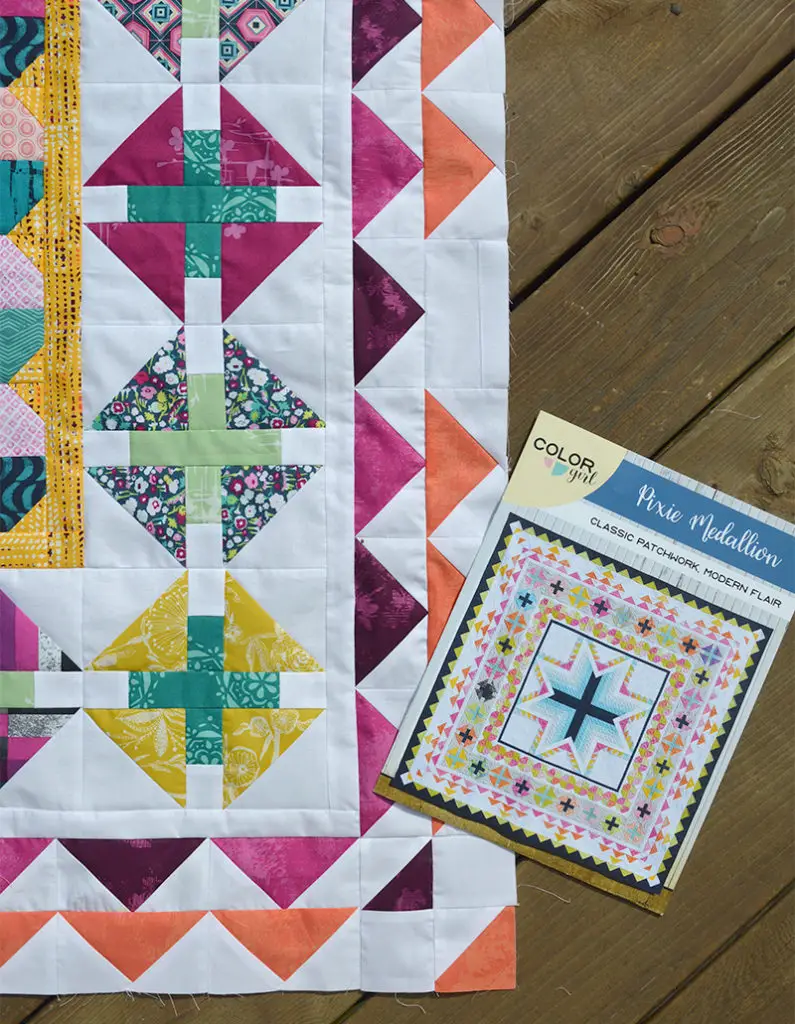
Memory quilt
This is a quilt fashioned from a loved one’s garments. We typically fashion memory quilts from remnants trimmed from children’s outgrown clothing. Printing images of loved ones on fabric and using it to form the quilt blocks is a creative approach to making a memory quilt.
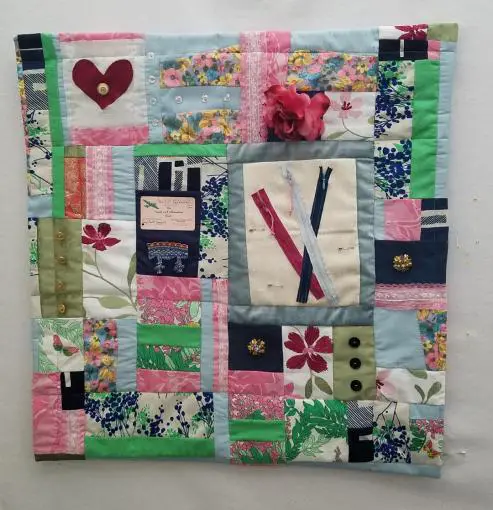
Patchwork quilts
This is a quilt made up of different fabric pieces sewed together to form a block — it could be a collection of different patches, shapes, strips, or blocks of material, all connected together to form a quilt top design. Most quilters utilize scrap fabric pieces from worn clothing or any other leftover fabric to make the patchwork quilts.
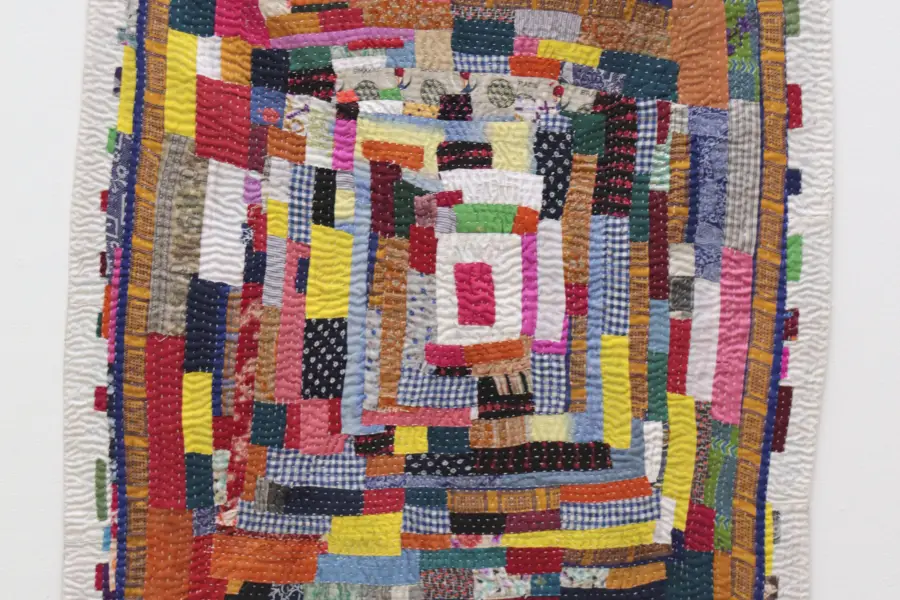
Scrap quilt
We build this quilt with fabric scraps or cutouts from old clothes that you’ve preserved from earlier crafts. It uses fabric scraps in a variety of colors and designs; because we compose the blocks of scraps, we can arrange these irregularly in a random pattern rather than plan the colors like they are for quilt blocks. We can produce scrap quilts from conventional fabric pieces and still call them scrap quilts if we fashion the blocks from a variety of fabrics in various colors and patterns.
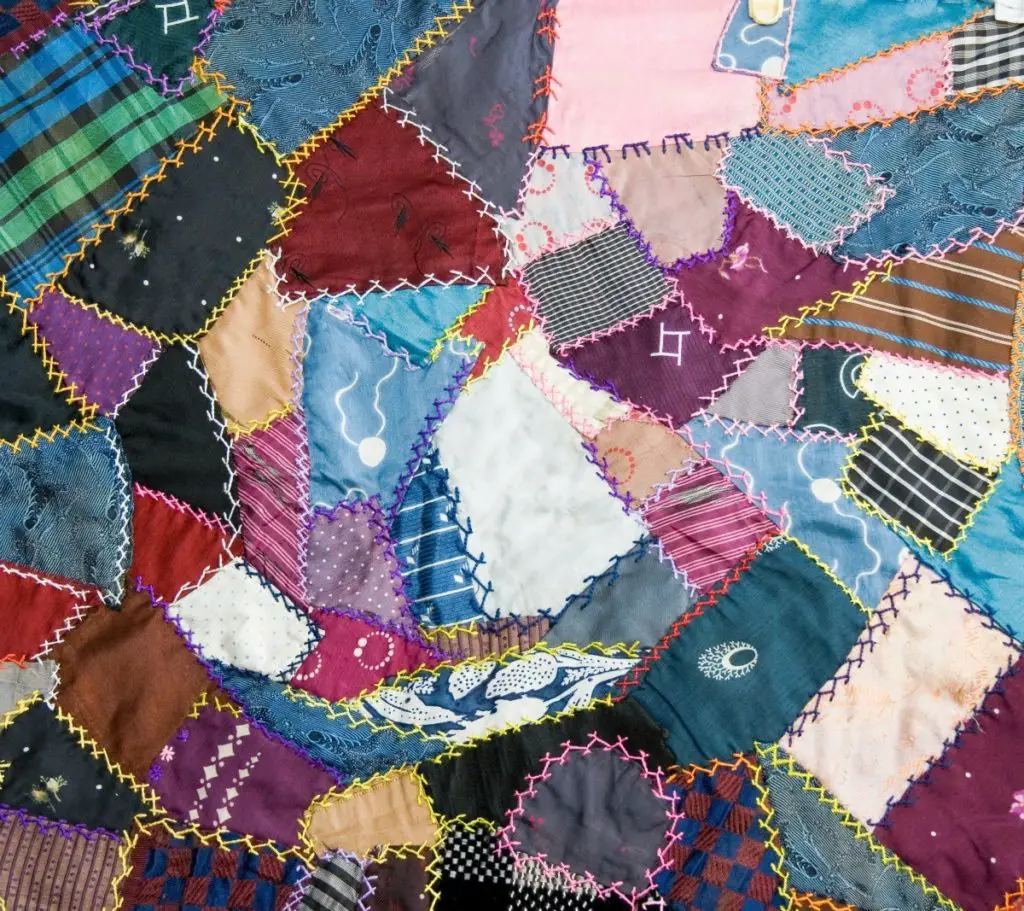
Signature quilts
This is a quilt made out of blocks autographed by the maker’s or recipient’s friends and family members. Aside from signatures, we can also embroider or inscribe the box with messages.
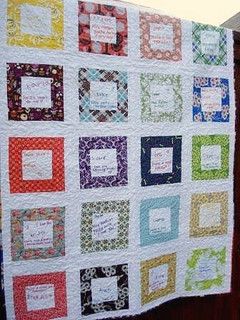
String quilts
Thin scraps of fabric from sewists’ scrap piles were used to make these quilts when they first appeared. It’s still possible to make them that way. Long, thin strips of lace, fabric, ties, ribbons and other embellishments distinguish these quilts from others. If you don’t have any scraps, regular swaths, or lengths of cloth, we can use them instead.
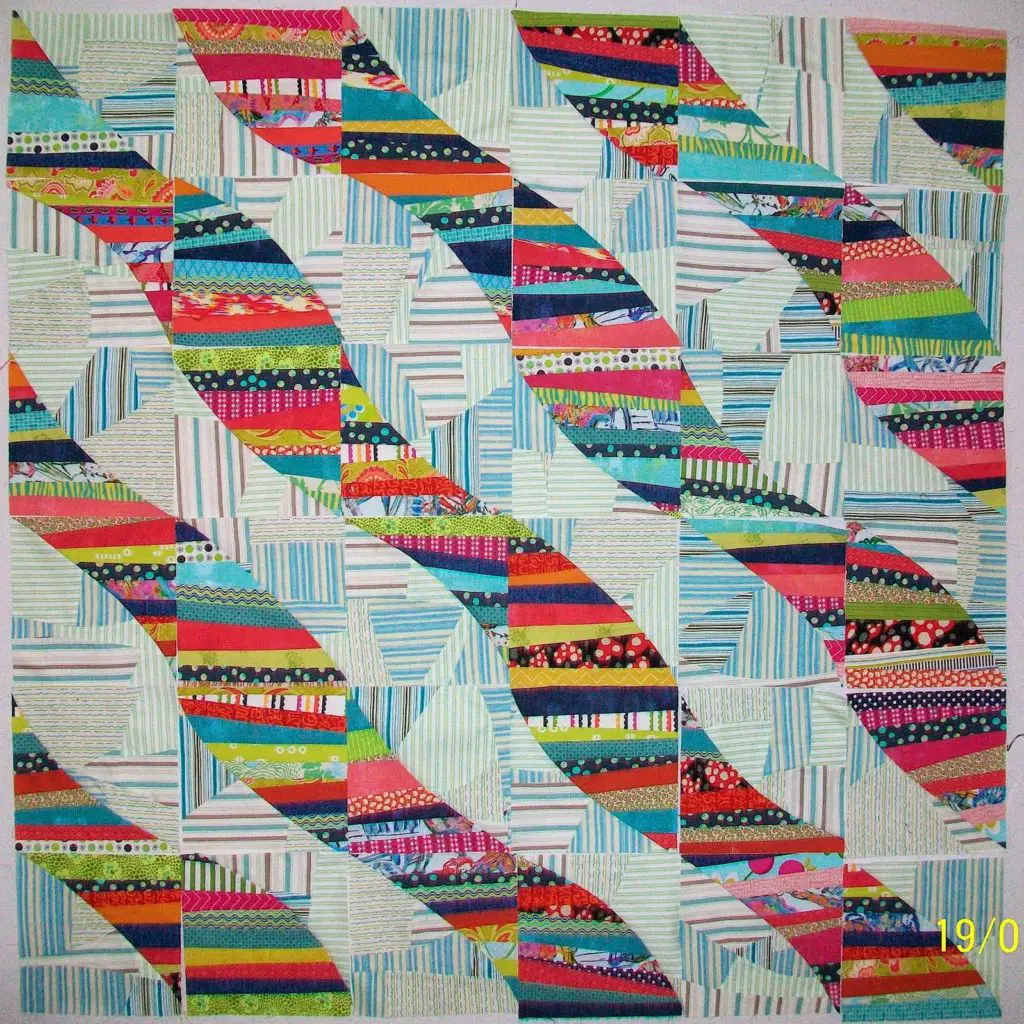
Throw quilts
We can toss these on the back of a sofa or a recliner. They are generally decorative, but they can also serve as practical items. They’re larger than lap quilts but smaller than the type of quilt you’d put on your bed.
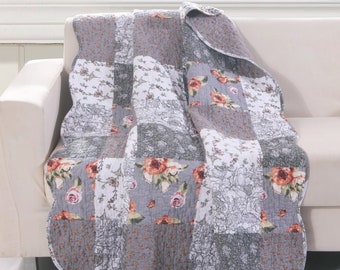
Trapunto quilt
These quilts will include an inner layer of yarn or batting, which will give them a dimensional look when quilting stitches are applied. Quilt stitches are commonly used to stitch parallel lines.
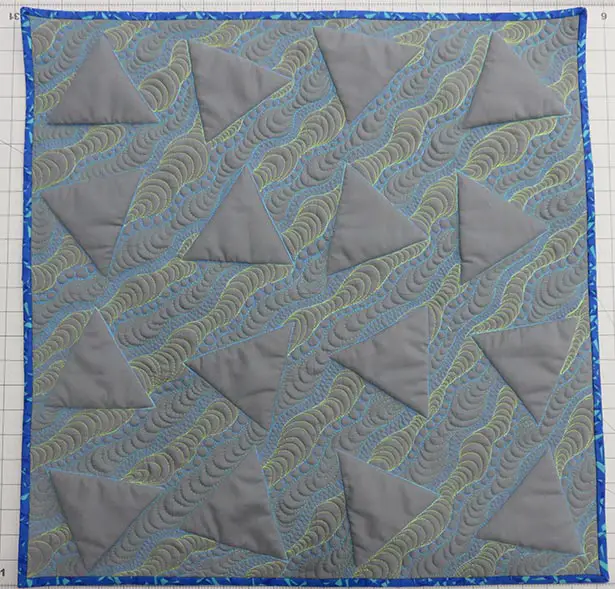
Watercolour quilt
This is a lovely quilt constructed up of little square blocks of printed fabrics (typically 2-inch squares), resulting in a quilt that resembles an impressionist watercolour artwork. The colour wash quilt is another name for this quilt.
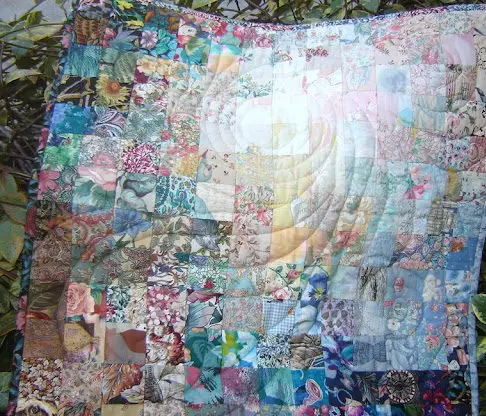
Whole cloth quilt
We fashion the quilt top of this quilt from a massive single piece of cloth. There is no patchwork or appliqué designs on this quilt. White-on-white quilting is another name for it.
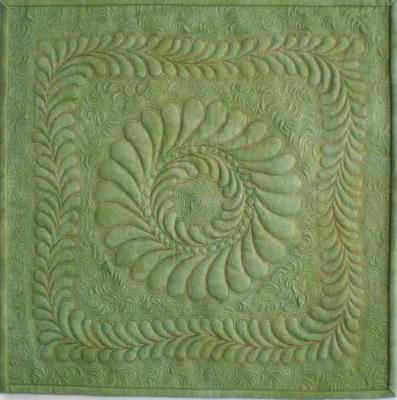
What are you waiting for? Start quilting today and make new memories this Christmas!
What are the 3 types of quilts?
The three basic styles of rallis are:
- patchwork quilts made from pieces of cloth torn into squares and triangles and then stitched together,
- appliqué quilts made from intricate cut-out patterns in a variety of shapes, and
- embroidered quilts where the embroidery stitches form patterns on solid colored fabric.
What are the different ways to quilt?
There are four basic types of quilting, though there are all sorts of patterns that use more than one of these techniques. Our four basic types of quilts are: Pieced, Appliquéd, Paper Pieced, and English Paper Pieced.
Whats the best material for a quilt?
cotton. Quilter’s weight cotton. It’s typically accepted as the best fabric for quilting. While quilter’s weight cotton does have shrinkage, it typically shrinks less than cheaper cotton fabrics.
What are small quilts called?
Lap quilt. This is the name of a small quilt (usually much smaller than regular bed quilts) meant to be put on the lap or over your leg for extra warmth while you are sitting.
What is a charm quilt?
A Charm Quilt is a style of scrap quilt where no piece of fabric is repeated for any part of the quilt. Charm Quilts, also referred to as One Patch Quilts, are generally made of one shape repeated across the whole quilt.
What is the most popular quilt pattern?
The Log Cabin block is one of the most well-known and popular of all patchwork patterns.
What is a yoyo quilt?
Yo-yo quilts are made from round pieces of fabric with long stitches along their turned-under outer edges. Stitches are pulled to gather the circles into rosettes. … It’s common to see yo-yo quilts with no quilt batting or backing. Those projects are used as coverlets or as throws.
What is spoon quilting?
With a spoon, the thumb on the hand that is under the frame fits into the bowl of the spoon and the edge of the spoon pokes into the underside of the quilt. When the needle goes down from the top of the quilt, it hits the rounded edge of the spoon and then “glances off” the edge and comes back up again.
What is the middle layer of a quilt called?
Wadding: Batting or wadding is the middle layer of the quilt, adding to the warmth and loft of the after product.
What are the two methods of quilting?
Quilting techniques. Many types of quilting exist today. The two most widely used are hand-quilting and machine quilting. Hand quilting is the process of using a needle and thread to sew a running stitch by hand across the entire area to be quilted.
What stitch do you use for quilting?
The best stitches to use are those with all forward movement like your straight stitch, which is the most commonly used stitch for machine quilting. Many of your fancy stitches (like the serpentine stitch) also have all forward movement and add a creative element to your quilting stitches.
What is the softest quilt fabric?
Cotton flannel is a very soft fabric, and there are fabrics with both solid colors and prints available. There are also cotton flannel mixes that offer different weights and textures. These fabrics are a great option for comfortable quilts.
What is the difference between quilting cotton and regular cotton?
The main thing to remember is that quilting cotton tends to be stiffer than apparel cotton. It isn’t particularly soft and has a stiff drape. It works best when made into structured garments. The fabric is sturdy and holds up through many washings.
How many different fabrics do I need for a quilt?
A minimum of 12 fat quarters would comfortably make a lap size quilt with fabric to spare and I find at least 12 different prints will provide sufficient variety. Additional fabric will be required for sashing and borders, especially if you want these to be solids or all the same fabric.
